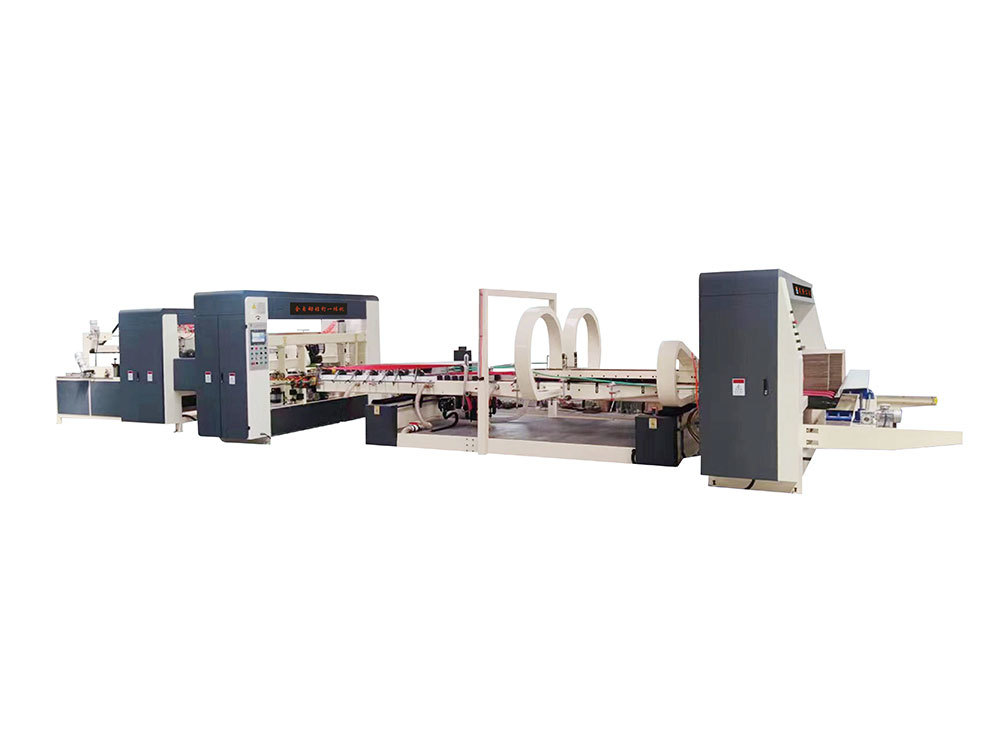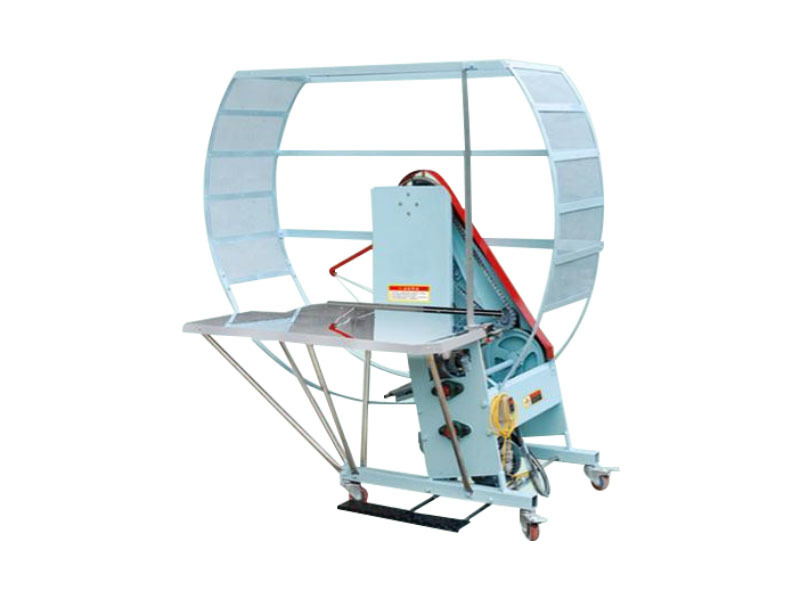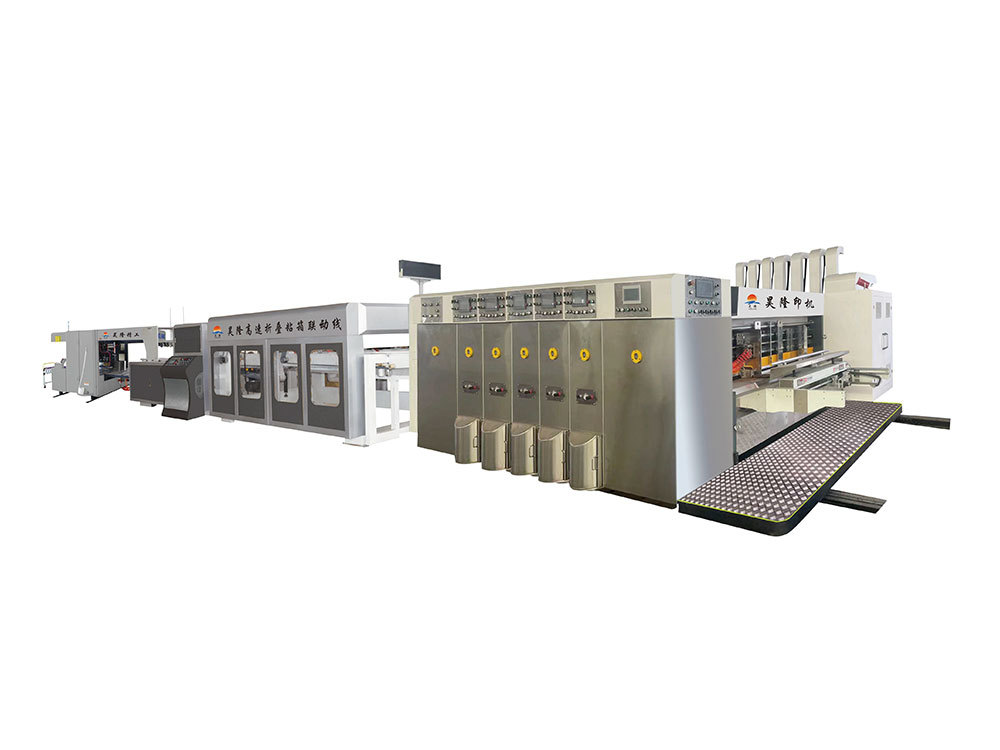The Evolution of Flexo Printing Machines: A Comprehensive Guide
The Evolution of Flexo Printing Machines: A Comprehensive Guide
Flexographic printing, or flexo printing, has significantly transformed the landscape of the printing industry. This versatile and efficient printing method has continually evolved, adapting to technological advancements and changing market demands. In this comprehensive guide, we will explore the history, technology, innovations, and future trends surrounding flexo printing machines, providing you with an in-depth understanding of this essential printing method.
Table of Contents
- 1. History of Flexo Printing Machines
- 2. Understanding Flexo Printing Technology
- 3. Key Components of Flexo Printing Machines
- 4. Advancements in Flexo Printing Technology
- 5. Applications of Flexo Printing Machines
- 6. Challenges in Flexo Printing
- 7. The Future of Flexo Printing Machines
- 8. Conclusion
- 9. FAQs
1. History of Flexo Printing Machines
The origins of flexographic printing trace back to the late 19th century when it was primarily utilized for packaging and labeling. The first flexo printing machine, invented by Otto A. Rohner in 1890, revolutionized the printing industry by offering a faster and more efficient alternative to traditional lithography and letterpress methods. Initially, the technology was limited to simple designs and basic color applications.
In the 1950s, advancements in photopolymer plate technology enhanced the quality and versatility of flexo printing. The introduction of water-based inks in the 1970s further boosted the industry, making flexo printing an environmentally friendly option. Fast forward to the 21st century, and flexo printing has evolved to accommodate a wide array of substrates, including flexible films, paper, and textiles, solidifying its position as a leading printing technology.
2. Understanding Flexo Printing Technology
Flexo printing operates on the principle of relief printing, where the image is raised on a flexible print plate. The process involves several key steps:
- Plate Making: The design is transferred onto a photopolymer plate, which is then cured using ultraviolet (UV) light.
- Ink Application: The raised areas of the plate are coated with ink, while the non-image areas remain ink-free.
- Printing: The plate is pressed against the substrate, transferring the ink to create the desired image.
This process allows for high-speed production and quick changeovers, making it a popular choice for high-volume printing jobs.
3. Key Components of Flexo Printing Machines
Understanding the components of flexo printing machines is crucial for grasping how they function. The primary components include:
3.1 Print Plates
Print plates are made from photopolymer materials, allowing for fine details and high-quality images. The quality of these plates directly impacts the final print quality.
3.2 Inking System
The inking system is vital for ensuring consistent ink application. Modern flexo machines use an anilox roller system, which transfers ink from the ink fountain to the plate.
3.3 Impression Cylinder
The impression cylinder applies pressure to the substrate, ensuring a proper transfer of ink from the plate to the material. This component is essential for achieving clarity and accuracy in printed images.
3.4 Drying System
After the ink is applied, it must be dried quickly to prevent smudging and ensure a clean finish. Various drying systems, including hot air and UV drying, are commonly used in flexo printing machines.
4. Advancements in Flexo Printing Technology
Over the years, flexo printing has undergone numerous advancements that have enhanced its capabilities and performance. Key developments include:
4.1 Digital Integration
The integration of digital technology has transformed flexo printing. Digital workflows allow for easier file management, improved color accuracy, and faster production times.
4.2 Improved Inks
Modern flexo printing utilizes a variety of inks, including water-based, solvent-based, and UV-curable inks. These inks offer improved adhesion, vibrancy, and environmental compliance.
4.3 Automation and Control
Automation has streamlined the flexo printing process, reducing the need for manual adjustments and increasing overall efficiency. Advanced control systems allow for real-time monitoring and adjustments, ensuring consistent quality.
5. Applications of Flexo Printing Machines
Flexo printing is incredibly versatile and is used across various industries. Notable applications include:
5.1 Packaging
Flexo printing is extensively used in the packaging industry, producing labels, cartons, flexible packaging, and shrink sleeves. Its ability to print on various materials makes it a go-to choice for brands.
5.2 Labels
From beverage labels to product tags, flexo printing provides high-quality labels that are durable and visually appealing. The technology allows for intricate designs and vibrant colors.
5.3 Newspapers and Magazines
Flexo printing is also employed in producing newspapers and magazines, particularly for large runs requiring quick turnaround times. Its speed and efficiency make it ideal for this purpose.
6. Challenges in Flexo Printing
While flexo printing offers numerous advantages, it also faces challenges that can impact production:
6.1 Quality Consistency
Achieving consistent print quality across long runs can be challenging due to variations in ink, substrate, and plate quality. Continuous monitoring and adjustments are necessary to maintain standards.
6.2 Waste and Environmental Concerns
Like many printing processes, flexo printing generates waste, particularly in the form of ink and substrate offcuts. Manufacturers are increasingly seeking eco-friendly solutions to reduce their environmental footprint.
6.3 Equipment Costs
The initial investment in flexo printing machines can be significant. However, the long-term benefits often outweigh the initial costs, especially for high-volume production.
7. The Future of Flexo Printing Machines
The future of flexo printing appears bright, with several trends shaping its evolution:
7.1 Sustainability Initiatives
As businesses increasingly prioritize sustainability, the demand for eco-friendly inks and processes will grow. Flexo printing is well-positioned to adapt, given its historical shift toward more environmentally friendly practices.
7.2 Technological Innovations
Continued advancements in automation, digital integration, and ink formulations will enhance the efficiency and quality of flexo printing. Innovations such as enhanced robotics and AI-driven solutions are on the horizon.
7.3 Market Expansion
The increasing demand for customized packaging and labels will drive the expansion of flexo printing into new markets. Industries such as cosmetics, food and beverage, and pharmaceuticals will continue to explore flexo printing's capabilities.
8. Conclusion
Flexo printing machines have evolved dramatically since their inception, adapting to technological advancements and shifting market needs. Their versatility, efficiency, and ability to produce high-quality prints make them indispensable in various industries. As we look to the future, the continued focus on sustainability, technological innovation, and market expansion will further solidify the role of flexo printing in the global printing landscape. Understanding the evolution of flexo printing machines not only highlights their importance but also prepares industry professionals for the exciting developments that lie ahead.
9. FAQs
What is flexographic printing?
Flexographic printing is a type of relief printing that uses flexible photopolymer plates to transfer ink onto various substrates. It is commonly used for packaging, labels, and flexible materials.
What are the advantages of flexo printing?
Flexo printing offers several advantages, including high-speed production, quick drying times, and the ability to print on a wide range of materials, making it ideal for diverse applications.
How does flexo printing differ from other printing methods?
Unlike traditional methods such as lithography or letterpress, flexo printing uses flexible plates and fast-drying inks, allowing for faster production speeds and greater versatility in print substrates.
What are the common applications of flexo printing?
Flexo printing is widely used in the packaging industry, producing items such as labels, flexible packaging, and cartons. It is also used in newspapers and magazines for high-volume print runs.
What challenges do flexo printers face?
Challenges in flexo printing include maintaining quality consistency, managing waste and environmental concerns, and the high initial costs of equipment. However, ongoing advancements are addressing many of these issues.
TAG:
Related Posts
Understanding Die Cutting Machines: A Key Element in Post-Processing Manufacturing











